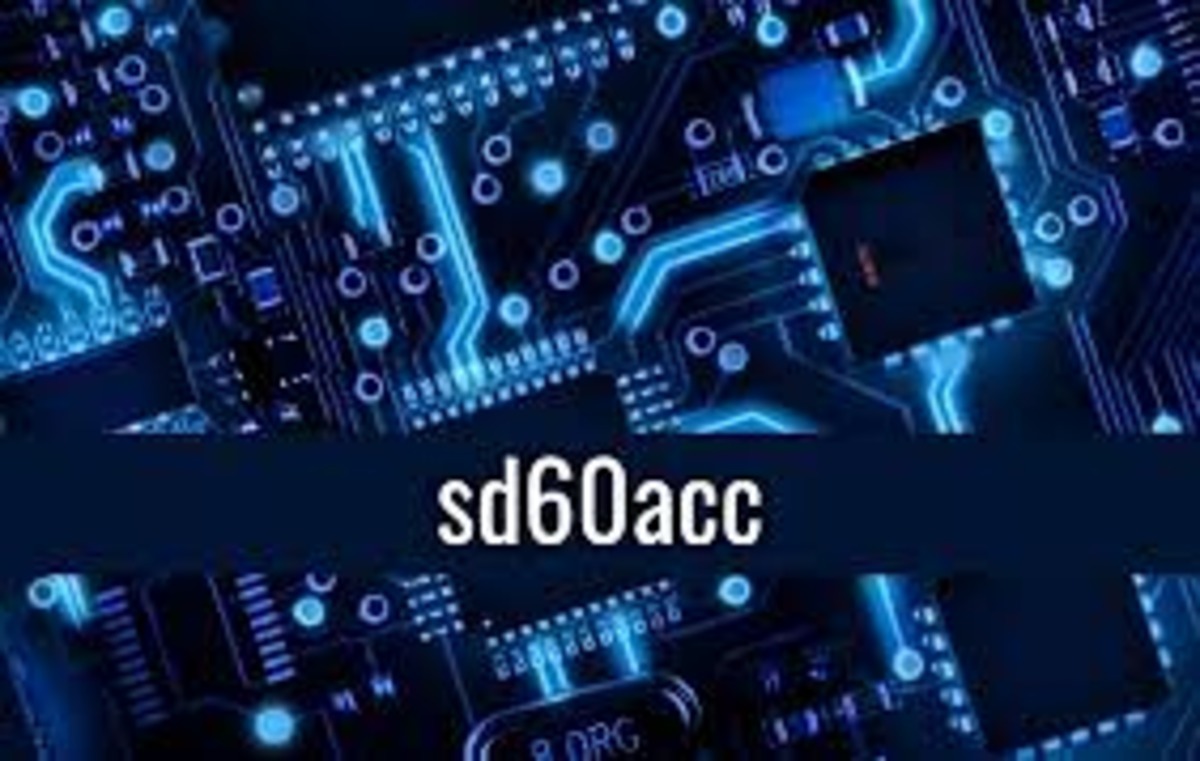IMGSED,In the rapidly evolving field of software engineering, innovation is crucial for staying ahead of the curve. One of the latest advancements that has the potential to reshape the landscape of software development is IMG-SED, an acronym for “Image-Based Software Engineering Design.” This novel approach leverages visual representations and images to enhance the software development lifecycle, from conceptual design to implementation. This article delves into IMG-SED, exploring its principles, benefits, applications, and future implications in the software engineering domain.
The Principles of IMGSED
IMGSED is grounded in the principle that visual information can significantly improve understanding, communication, and efficiency in software engineering. Traditional software engineering often relies heavily on textual documentation and code, which can sometimes be abstract and challenging to interpret. IMGSED addresses these limitations by incorporating images and visual models throughout the development process.
1. Visual Modeling: IMG-SED advocates for the use of visual models to represent various aspects of software systems. These models can include architectural diagrams, flowcharts, user interface mockups, and other visual tools. By translating complex software concepts into visual formats, IMG-SED aims to make them more accessible and comprehensible to both technical and non-technical stakeholders.
2. Enhanced Communication: In a typical software development project, communication between team members is critical. IMG-SED enhances communication by providing a shared visual language that can bridge gaps between different roles, such as developers, designers, and clients. Visual representations can reduce misunderstandings and ensure that everyone involved has a clear and consistent understanding of the project goals and requirements.
3. Interactive Design: IMG-SED incorporates interactive elements into the design process. Interactive prototypes and simulations allow stakeholders to engage with the software design actively. This hands-on approach enables users to explore different scenarios, provide feedback, and suggest improvements before the actual development begins.
Benefits of IMGSED
The adoption of IMG-SED offers several notable benefits that can streamline the software development process and improve overall project outcomes.
1. Improved Clarity and Understanding: Visual representations help clarify complex ideas and relationships that might be challenging to convey through text alone. Diagrams and images can depict workflows, data flows, and system interactions in a more intuitive manner, making it easier for teams to grasp and align on project requirements.
2. Faster Design Iterations: Interactive design tools and visual models facilitate rapid prototyping and iteration. Teams can quickly create and modify visual prototypes, allowing for faster experimentation and feedback. This iterative approach helps identify and address issues early in the design phase, reducing the risk of costly changes during later stages of development.
3. Enhanced Stakeholder Engagement: Stakeholders, including clients and end-users, often find it easier to provide feedback on visual representations than on textual descriptions or technical specifications. IMG-SED enables stakeholders to interact with prototypes and visual models, resulting in more meaningful and actionable feedback that can lead to better alignment with user needs and expectations.
4. Reduced Documentation Overhead: Traditional software engineering often requires extensive documentation, which can be time-consuming to produce and maintain. IMG-SED reduces the reliance on extensive textual documentation by using visual models that convey information more efficiently. This approach not only saves time but also reduces the likelihood of documentation becoming outdated or inaccurate.
Applications of IMGSED
IMGSED can be applied across various stages of the software development lifecycle, offering benefits at each phase. Here are some key areas where IMG-SED is making an impact:
1. Requirements Gathering: During the requirements gathering phase, visual tools such as mockups and wireframes help stakeholders visualize and refine their needs. This approach enables more effective communication and validation of requirements, leading to a clearer and more accurate understanding of project goals.
2. Design and Architecture: In the design and architecture phase, IMG-SED uses visual modeling techniques to represent system components, interactions, and workflows. Diagrams such as UML (Unified Modeling Language) diagrams, ER (Entity-Relationship) diagrams, and system architecture diagrams aid in creating a comprehensive and cohesive design blueprint.
3. Prototyping and User Testing: Interactive prototypes created through IMG-SED allow users to experience and provide feedback on early versions of the software. User testing with visual prototypes helps identify usability issues and gather valuable insights into user preferences, leading to more user-centered design.
4. Development and Implementation: IMG-SED continues to be valuable during development and implementation. Visual models and diagrams can guide developers in translating designs into code, ensuring that the implementation aligns with the intended architecture. Additionally, visual documentation can assist in onboarding new team members by providing a clear overview of the system.
Challenges and Considerations
While IMGSED offers numerous advantages, it is essential to consider some challenges and limitations associated with its implementation.
1. Tool Compatibility: The effectiveness of IMGSED relies on the availability and compatibility of visual modeling tools. Integrating these tools with existing development environments and workflows may require additional effort and resources.
2. Learning Curve: Adopting IMGSED may involve a learning curve for team members who are accustomed to traditional text-based documentation and design approaches. Training and familiarization with new tools and techniques are necessary to maximize the benefits of IMGSED.
3. Balancing Visual and Textual Information: While visuals play a crucial role in IMGSED, it is important to strike a balance between visual and textual information. Some aspects of software design and development may still require detailed textual documentation, especially for complex technical specifications and requirements.
The Future of IMGSED
The future of IMGSED looks promising as advancements in technology and software development continue to evolve. Several trends and developments are likely to shape the future of IMGSED:
1. Integration with AI and Machine Learning: Artificial intelligence (AI) and machine learning (ML) technologies have the potential to enhance IMGSED by automating aspects of visual design and analysis. For example, AI-powered tools could generate visual models based on textual requirements or provide insights into design patterns and best practices.
2. Enhanced Collaboration Platforms: Collaboration platforms that support real-time visual collaboration and feedback will further empower teams to leverage IMGSED effectively. These platforms will facilitate seamless interaction and coordination among team members, regardless of their physical location.
3. Increased Adoption in Agile Methodologies: IMGSED aligns well with agile methodologies that emphasize iterative development and continuous feedback. As agile practices continue to gain traction, IMGSED’s visual and interactive elements will play a significant role in supporting agile workflows and improving project outcomes.
Conclusion
IMGSED represents a significant advancement in the field of software engineering, offering a visual and interactive approach to design, development, and communication. By leveraging visual models and interactive tools, IMGSED enhances clarity, fosters better collaboration, and accelerates the design process. As technology continues to evolve, IMGSED is likely to become an integral part of modern software engineering practices, shaping the future of how software is designed, developed, and delivered. Embracing IMGSED can lead to more efficient workflows, improved stakeholder engagement, and ultimately, better software solutions.











